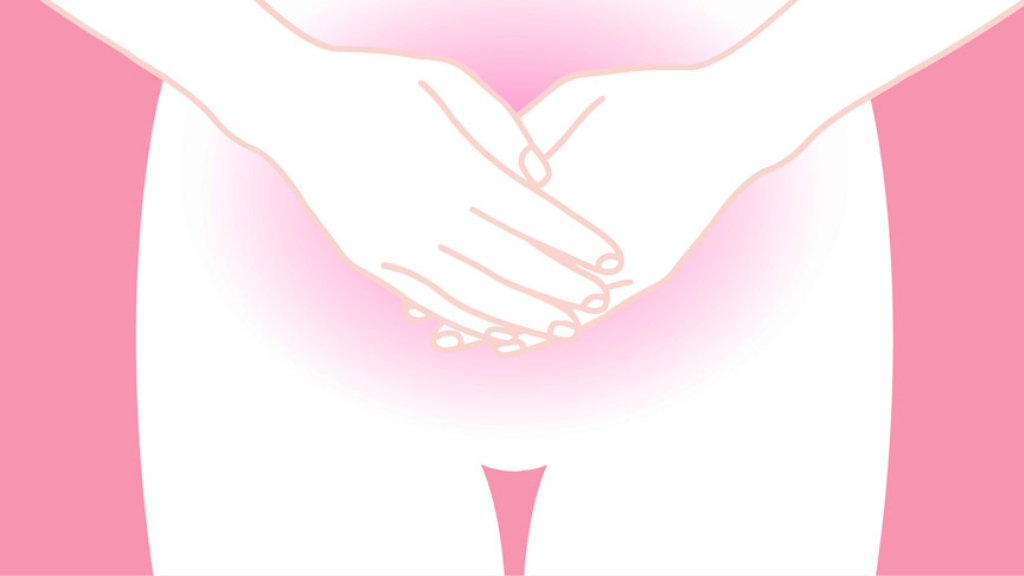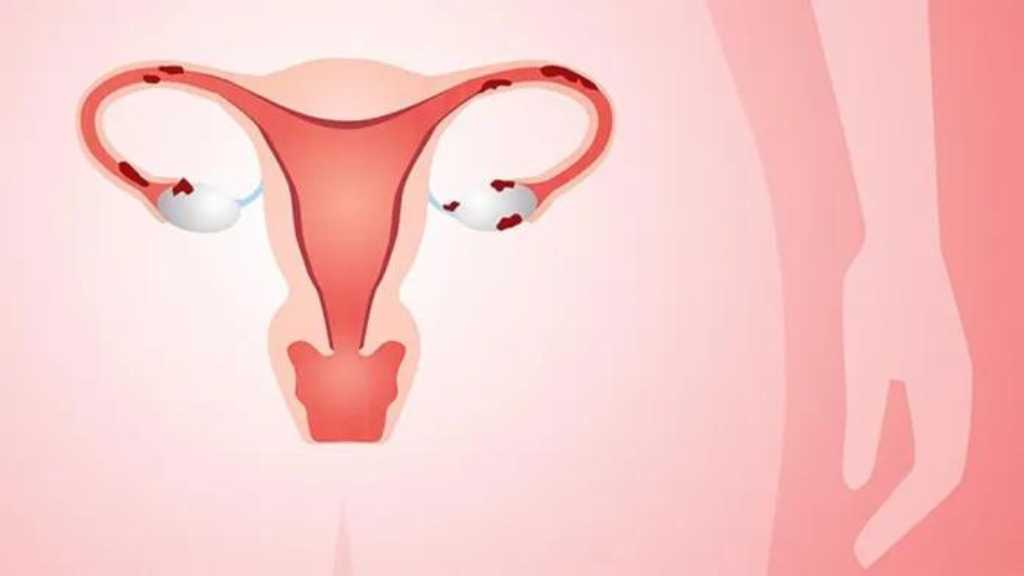Many women have different menstrual problems, such as irregular periods, cramping abdominal pain, or “red light” days that last too long or too short. So, how many types of menstrual irregularities are there and how dangerous are they?

Menstrual irregularities (dysmenorrhoea) are abnormalities related to the menstrual pattern, duration (menorrhagia, oligomenorrhea, amenorrhea), frequency, and volume of blood (hypermenorrhea) or dysmenorrhea (painful, dull menstrual period).
Irregular menstruation implies the possibility of many different diseases, with some even affecting a woman’s fertility. However, due to a lack of understanding, people still think that irregular menstruation comes from living habits, diet, or weather.
So, how do irregular periods happen and how many types are there?
Menstrual Cycle
When you have only one period for 35 days or more, or 3 months or more, you are considered to have a sparse menstrual cycle (a normal menstrual cycle lasts about 21-35 days).
*The menstrual cycle is counted from the first day of menstruation until the first day of the next period.
Causes of dysmenorrhea include:
– Abnormalities in the hypothalamus and pituitary gland in the brain – the hormones that govern the secretion of estrogen (also known as oestrogen) and progesterone by the ovaries. These hormones play a role in changing the lining of the uterus, inducing menstruation, or building a nest to receive a fertilized egg and develop into a fetus.
*Progesterone and estrogen are female sex hormones, produced mainly in the ovaries after ovulation, and have the function of regulating the menstrual cycle and reproductive activities.

– Due to less ovulation, slow growth of oocytes should prolong the mature oocyte stage.
– Due to polycystic ovaries, a large number of follicles grow together that can not be used (because none of the follicles mature and do not ovulate, leading to no ovulation).
>> You will probably need: Women’s Reproductive Health Assessment Test Package
So, does menopause cause infertility? Yes, irregular periods, even though they do not pose any immediate health risks or effects, if left untreated or prolonged, can lead to infertility because less ovulation means a lower chance of pregnancy.
Menorrhagia
The concept of menorrhagia is probably not new to many women, with the common condition being when the menstrual period lasts for more than 7 days with heavy bleeding between periods. When a period lasts more than 7 days or the amount of blood exceeds 80ml/cycle, it is called menorrhagia – heavy bleeding.
Causes of menorrhagia and bleeding include:
– Endocrine dysfunction of the hypothalamus or immature ovaries. Specifically, the amount of estrogen increases, but there is no ovulation, leading to an imbalance in the amount of progesterone secreted. Therefore, the endothelium is thicker, but the blood vessels do not grow in time, causing bleeding and menorrhagia.

– Postpartum infection or following an abortion, uterine diseases such as fibroids, cancer, or endometritis.
So, what are the effects of menorrhagia and bleeding? When you have menorrhagia, you may experience lower abdominal pain, fatigue, or dizziness, which disrupts your daily activities. More seriously, prolonged menorrhagia and heavy bleeding can lead to anemia and reduced immunity, creating conditions for bacteria to invade and cause genital infections.
Amenorrhea
Amenorrhea is the absence of a period after a certain amount of time:
– Primary amenorrhea: When a woman has reached puberty (usually 16 years of age or older) but has never had a period. Primary infertility can be identified by breast and pubic hair growth. If these two parts do not develop, the ovaries are not functioning, and vice versa.
However, you should see a doctor if you have not had a period after 18 years (without abdominal pain, with breast and pubic hair growth).
– Secondary amenorrhea: This condition occurs when a woman has had her period but has not menstruated for more than 3 consecutive months.
Dysmenorrhea
Dysmenorrhea is a symptom when the lower abdomen and chest tightens (sometimes with back pain, headache, or diarrhea), and breasts become tender. This condition can happen before or after your period and can affect your daily activities. Dysmenorrhea has 2 types:

– Primary dysmenorrhea: When no specific cause and pathology has been found. Normally, prostaglandins secreted from the endometrium cause irritation of the smooth muscles of the uterus and small intestine.
– Secondary dysmenorrhea: Usually caused by medical problems such as uterine inflammation, fibroids, or endometrial adhesions.
Absence of Menstruation
A condition in which menstrual blood is still excreted every month, but due to structural obstacles, menstrual blood cannot be expelled. The most common symptoms of amenorrhea are severe lower abdominal pain (lasting 3-4 days/month) but no bleeding. Specifically, amenorrhea occurs due to the following reasons:
– Absence of menstruation due to non-perforated hymen: It is when the genitals develop normally, but the hymen is too thick and does not perforate, so it is impossible to bleed out.
– Absence of menstrual period due to septum vagina: This is when there is a transverse vaginal septum, or the lower part of the vagina does not develop.
– Absence of menstruation due to no vagina: It is when the genitals only have the uterus and ovaries, leading to blood flowing back up the fallopian tubes due to stagnation.
Is amenorrhea dangerous? When the period is stopped, the blood will not be able to flow out and lead to stagnation, which causes the uterus and fallopian tubes (fallopian tubes) to swell. After that, the mucosa will be destroyed, leading to infertility or creating a favorable environment for bacteria to multiply.

These are familiar situations arising during the menstruation period, but few people know their names and terms:
– Hypermenorrhea is when the amount of blood has just been heavy and lasts for many days, which can cause blood loss.
– Amenorrhea is when the amount of bleeding is small and does not last long (from 2 days or less or the amount of blood loss is less than 20ml/). While not causing blood loss, a lack of periods can also signify problems with the ovaries or fertility.
Irregular menstruation is a sign of many diseases, especially those affecting female fertility. It is necessary to consult a doctor as soon as there are abnormal symptoms to allow a timely treatment plan and make adjustments to your lifestyle to improve your menstrual status.
* The article is written in consultation with medical experts from Diag. However, the above information is for reference only and is not a substitute for medical advice. Before taking action based on the information provided, please get advice from a medical professional.

 1900 1717
1900 1717 